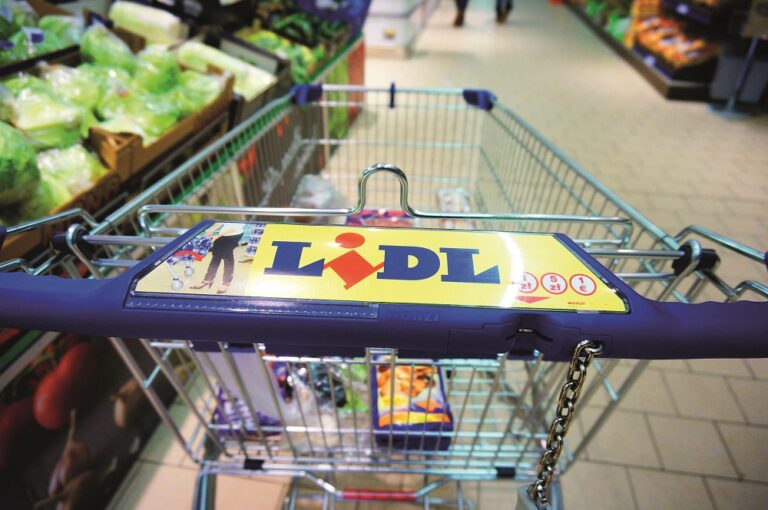Grocery price inflation has seen its steepest decline since inflation peaked in March this year, falling 1.6 percentage points to 14.9% in the four weeks to 9 July 2023. According to the latest data from Kantar, take-home grocery sales over the same period grew by 10.4% compared with 12 months ago.
“Grocery price inflation has now been falling for four months in a row,” said Fraser McKevitt, head of retail and consumer insight at Kantar. “That will be good news for many households although, of course, the rate is still incredibly high. The change comes as spending on promotions has gone up for the first time in two years, now accounting for just over a quarter of the total market at 25.2%. One of the biggest shifts we’ve seen in this area is retailers ramping up loyalty card deals like Tesco’s Clubcard Prices and Sainsbury’s Nectar Prices. This could signal a change in focus by the grocers who had been concentrating their efforts on everyday low pricing, particularly by offering more value own-label lines.
“The boost to promotional spending has contributed to bringing inflation down but this isn’t all that’s driving the change. Prices were rising quickly last summer so this latest slowdown is partially down to current figures being compared with those higher rates one year ago.”
At the current level of inflation, households would have spent £683 more on their annual grocery bill to buy the same items as they did a year previously, but consumers have adapted their habits to limit this increase. “It’s clear that shoppers have dramatically changed their behaviour to combat inflation, whether by trading down to cheaper products or visiting different grocers,” said McKevitt. “The average annual increase to household spending over the past 12 months has actually been £330 – well below the hypothetical £683.
Competition for market share among Britain’s three largest retailers remains intense. Sainsbury’s sales growth edged ahead this month, marking the first time since January this year it has led Asda and Tesco. It grew by 10.7%, maintaining its share of the market for the third consecutive month and is now at 14.9%. This was just ahead of Asda and Tesco which increased sales by 10.5% and 10.2%, giving them market shares of 13.6% and 27.0% respectively.
Aldi was again the fastest growing grocer, with sales up by 24.0%. It now holds 10.2% of the market, up from 9.1% a year ago. Lidl increased its market share, up by 0.7 percentage points to 7.7%, with sales increasing by 22.3%.
Morrisons saw growth of 2.5%, its best showing since April 2021 and its eighth month in a row of improved performance. Both Waitrose and Co-op grew by 5.1% over the 12 weeks, the largest boost both retailers have experienced since March 2021. Waitrose now holds 4.4% of the market and Co-op 6.0%.
Iceland maintained a 2.3% share of the market after growing sales by 8.9%. Ocado’s sales rose by 2.0%, taking an overall market share of 1.7%, aided by its much larger 3.0% share in London.


